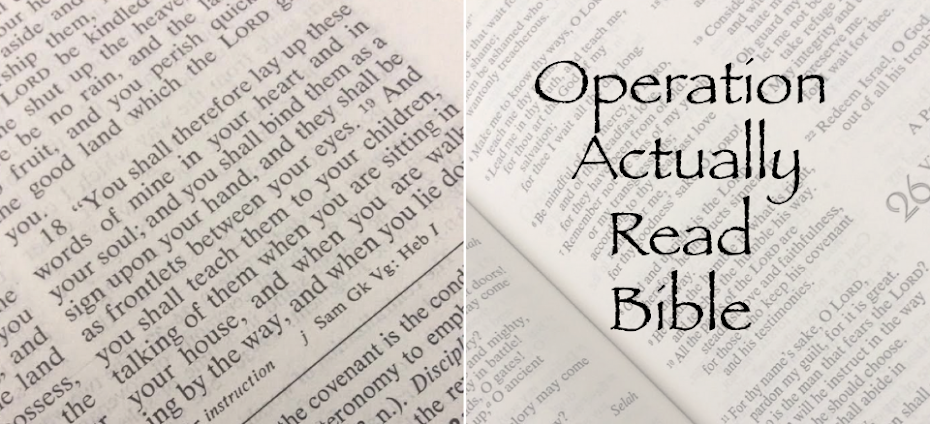Ordinary Hazards. Nikki Grimes. 2019. 325 pages. [Source: Library]
First sentence: I read somewhere that names penetrate the core of our being, and I suppose, this is as good a time as any to confess my name is not the only lie I’ve ever lived with, but Nikki is the first invention for which I accept full responsibility.
Premise/plot: Nikki Grimes’ newest book is a memoir written in verse. Ordinary Hazards tells her story—the darkness and the light in her growing up years.
My thoughts: I have loved, loved, loved Nikki Grimes’ work in the past. I have always found her work to bring on the feels. Her characters are more often than not, oh-so-humanly drawn. Her writing realistic, but often with a strong foundation of hope. No matter how dark, how tough, how painful, there is still reason to hope; where there is life, there is hope.
This memoir is an amazing read. I think perhaps most enjoyed by those that have read her previously. But perhaps not. Maybe this would encourage readers to pick up her other books and seek out everything she’s written?
Recently a school district in Texas (Leander Independent School District) removed Ordinary Hazards from its "secondary school book club reading lists."
You can read about it here. I have not read ALL the books on the "removed" and "paused" lists. I do not know for certain what "removed" means. If it is simply removing from a recommended book club list, or if it is removal from classroom libraries, or if it is removal from the school library. If it means removal from the school library, that is truly sad and a bit terrifying.
I can only guess that Ordinary Hazards was removed because of so-called inappropriate content. But truly if that is the case, then people have lost the ability to read critically and in context. That wouldn't surprise me. But it does sadden me.
I say so-called inappropriate content because IN CONTEXT one wouldn't judge it that way. Or have to judge it that way.
First things first, it is a MEMOIR. It is Nikki Grimes' autobiography. This is HER story. She's sharing real events and real emotions with readers. There is depth and substance to her HONESTY. This book is *real* and leads to *feels*.
Sure, there's alcohol and drunkenness in Ordinary Hazards. But it is her mother. There is no way, no how anyone could read those scenes and think hey, drinking alcohol is the best thing ever. Or wow, now I have life goals. There is PAIN and CONFUSION and HEARTBREAK. Because her mother can't overcome this addiction. And perhaps doesn't even see the addiction as addiction. Nikki Grimes isn't the first and won't be the last child to have an alcoholic parent. What message are we sending to teens when we say, you can't talk about that?
Sure, there's drug abuse. But it is a cousin. And it terrifies her. At the time this occurs in the memoir, she hasn't even started school yet. She's helpless to control her situation. She's completely reliant on a mother who has some major blind spots. It's HEARTBREAKING to read about.
Sure, there's mental illness. Nikki's mother suffered from paranoid schizophrenia. What we get is Nikki's childhood perspective reconstructed and imagined. It is honest and reflects the pain and confusion and terror she felt as a result of her mom being unstable and unable to really be there, be there. But mental illness exists whether we acknowledge it or not. Whether it's kept buried in shame--deeply buried and barricaded--or whether it's brought out into the light. Keeping quiet about it doesn't make it go away. Again, I have to ask, what message are we sending to teens when we say, you can't talk about that?
Sure, there's child abuse and abandonment. Her father is absent. Her mother is, well, a mess. Her mom is so desperate financially that she's leaving her daughters with strangers as babysitters. Too checked out to check up on them....as she should. Nikki and her sister end up in foster care. She wasn't the first and won't be the last to experience childhood trauma. What message are we sending to teens when we say, you can't talk about that?
Sure, there's sexual abuse. When Nikki leaves the foster care system to return to live with her mother, she is placed in the house with a child molester--her mom's boyfriend/partner. It is TRAUMATIC and painful. It leads to confusion, anger, bitterness, shame. But Nikki didn't ask for this--no child would. She is not to blame for someone else's action. To silence her story is a crime. Again, Nikki wasn't the first and will not be the last child to be molested, abused, traumatized. What message are we sending to teens when we say, you can't talk about that?
This is a MEMOIR. There are those that would SILENCE her story just because it contains "unpleasant" and "uncomfortable" details that like it or not happen in the real world every single day. It takes bravery and strength to step up and speak up. Do we really want to reinforce the notions of shame and dirtiness? To send the message, if this happens to you--it is too dirty, too shameful, too inappropriate, too immoral to talk about. Keep silent. Keep it to yourself.
© Becky Laney of
Operation Actually Read Bible






















